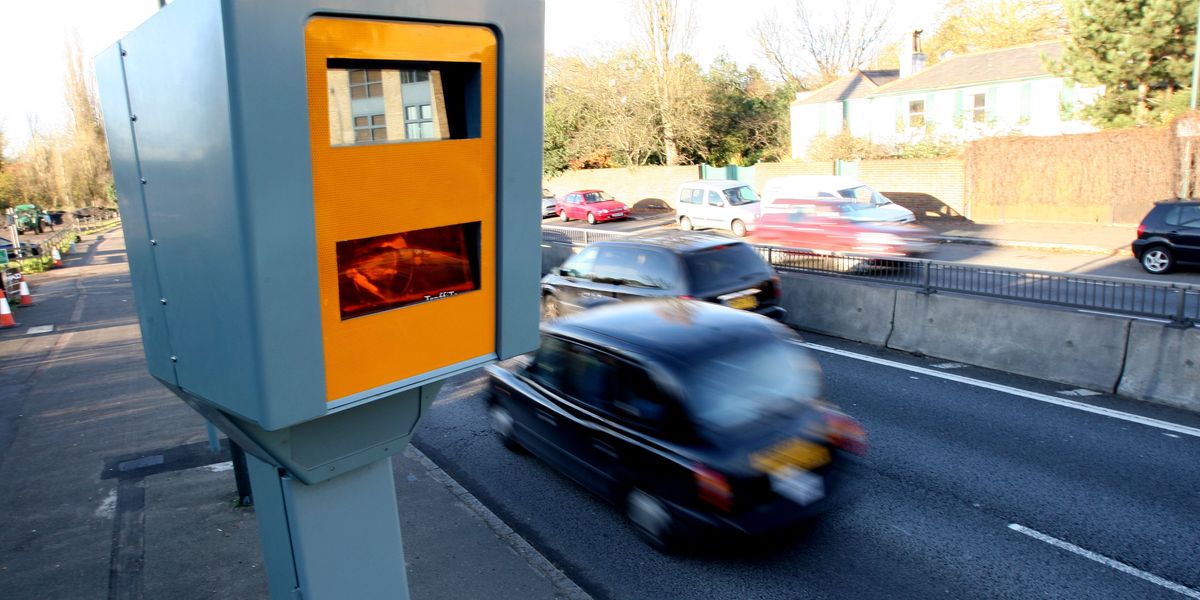Standing inside the border station at Raja-Jooseppi – with leather gloves tucked into his fleece-lined hat on the table in front of him and snow falling in the darkness outside – Lt Col Ville Ahtiainen paused to reflect on the geopolitical drama that has descended on this remote part of the Arctic.
“Maybe this is over, or maybe this was just the beginning,” said the deputy commander of the Lapland Border Guard. “I hope this is over and we can back get to normal life, but we will see.”
Little more than an hour before, the final vehicles had been allowed to cross Finland’s last open land border crossing with Russia before the entire 830-mile (1,340km) frontier closed for at least two weeks.
Outside, a lorry with a Russian registration plate had just been turned away after arriving too late for the 2pm deadline, and heat was being pumped into a warming tent for asylum seekers, who, until now, had been arriving at the border on bicycles.
The Guardian was given exclusive access to the border station shortly after its closure on Wednesday, a decision that came as Helsinki intensified its accusations against Moscow, which it says is leading a “hybrid operation” on this, the EU’s most easterly mainland border.
All nine Finland-Russia crossing points will now be closed until at least 13 December, with people seeking asylum in Finland directed instead to airports and ports.
The move has come despite warnings from the UN, refugee advocates, and Finland’s own non-discrimination ombudsman that such a move could seriously endanger the fundamental right to seek asylum.
Announcing the unprecedented decision on Monday, the prime minister, Petteri Orpo, said Finland had gathered intelligence indicating that Russian authorities were helping asylum seekers reach the border.
“This is Russia’s influence operation and we do not accept it,” he said. The interior minister, Mari Rantanen, was equally clear: “Finland is the target of a Russian hybrid operation. This is a matter of national security.”
Despite the acrimony between the two governments, representatives of the Russian and Finnish border guards at Raja-Jooseppi continue to liaise with one another and next week plan to have their monthly meeting as usual.
While the crossing is closed, the guards will continue to work, doing surveillance and monitoring and preparing for the reopening. Anyone trying to cross in the meantime would be watched and detained, they said. Frontex, the European border agency, is sending assistance to the Lapland region.
This month, more than 900 people from countries including Iraq, Somalia, Syria and Yemen have crossed into Finland from Russia to seek asylum, according to the Finnish border guard – a considerable increase on usual numbers.
Since the closure of other border crossings farther south on Friday, 63 asylum seekers have arrived at Raja-Jooseppi. But on Wednesday, the Finnish border guard said they had had a “peaceful day”, with just 14 people leaving Finland, three people entering and no asylum-seeker arrivals.
It is the first time in recent history that the remote border station, which is surrounded by miles of forested wilderness occupied by reindeer, wolves and bears, has had to close.
About 600 metres away from the Finnish crossing point, marked by red and yellow barriers and red stop lights glowing in the bright snow, is the Russian border. On the other side of that is a substantial buffer zone.
On the Finnish side, a big grey building has recently been turned into a warming room for people seeking asylum. Outside are a few portable toilets and some temporary buildings used for the processing of asylum applications.
The bicycles on which asylum seekers have been arriving – which border guards said were largely children’s bikes, far too small for their adult riders – have been confiscated.
Most of those arriving at Raja-Jooseppi have been younger men, but there has also been a handful of women.
Related: ‘Cruel way of handling humans’: the escalating crisis at Finland’s border
Vesa Arffman, the head of Ivalo border guard station, also in Lapland, says the past few weeks have been “hectic”, preparing for asylum seeker arrivals and the recent increase in numbers.
“For me personally, I would hope that it was a once in a lifetime experience,” Arffman said.
Asylum seekers had been arriving ill-equipped for temperatures as low as -25C, border guards said.
“This indicates that they could not have arrived independently without assistance from some organised group in Russia,” said Capt Timo Marquis of the Lapland border guard district headquarters. Murmansk, the nearest big city on the Russian side, is 240 kilometres away, he added.
On the other side of the border, the Kremlin said on Wednesday that any decision by Finland to permit a “concentration” of troops on its border would be seen by Moscow as a threat.
That came after Poland offered to send military advisers to help Helsinki police the border. Finland said it had been unaware of the Polish offer.
Asked what might lie ahead at Raja-Jooseppi in the coming weeks, Marquis cited the Finnish word sisu. “It’s not easily translatable,” he said, “but grit and perseverance is what we need in these times.”




